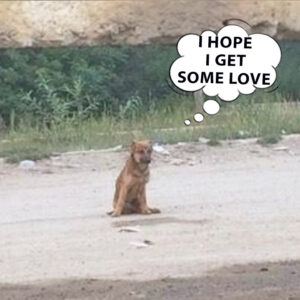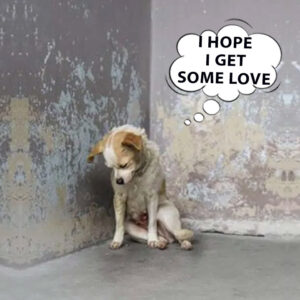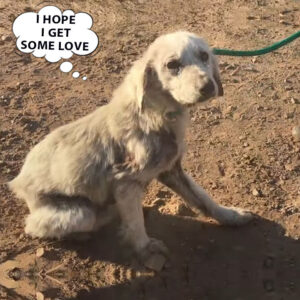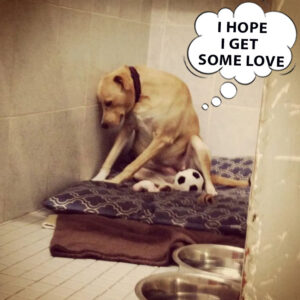In the intricate dance of companionship between humans and their canine friends, much is said about the actions of our furry companions. Yet, the responsibility to cultivate this bond lies not solely on their paws but also in our hands. Recognizing the subtle cues of discomfort or distrust in your dog can be the first step toward strengthening your relationship. Here’s an exploration into ten behaviors that may indicate your dog harbors feelings of uncertainty towards you.
Your dog has his eyes on you
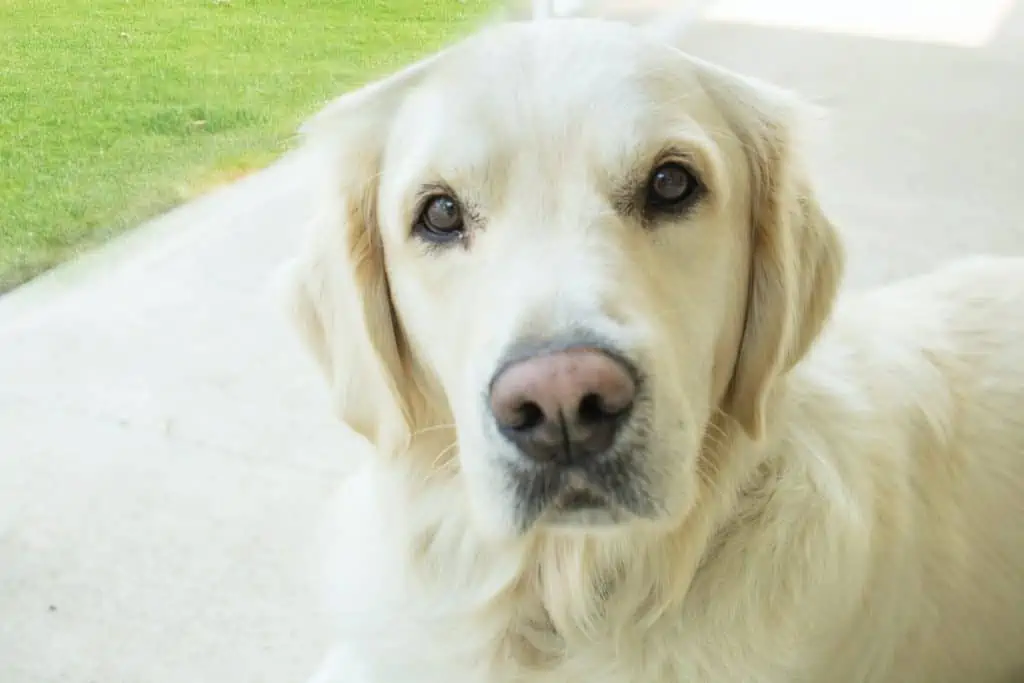
Image source: Unsplash
Is your dog lounging on his bed, tracking your every move as you tidy up? Regrettably, this behavior might not stem solely from boredom.
If your dog lacks trust in you, he may feel the need to monitor your actions closely, perhaps fearing a sudden attack.
Your dog is concealed somewhere within the house
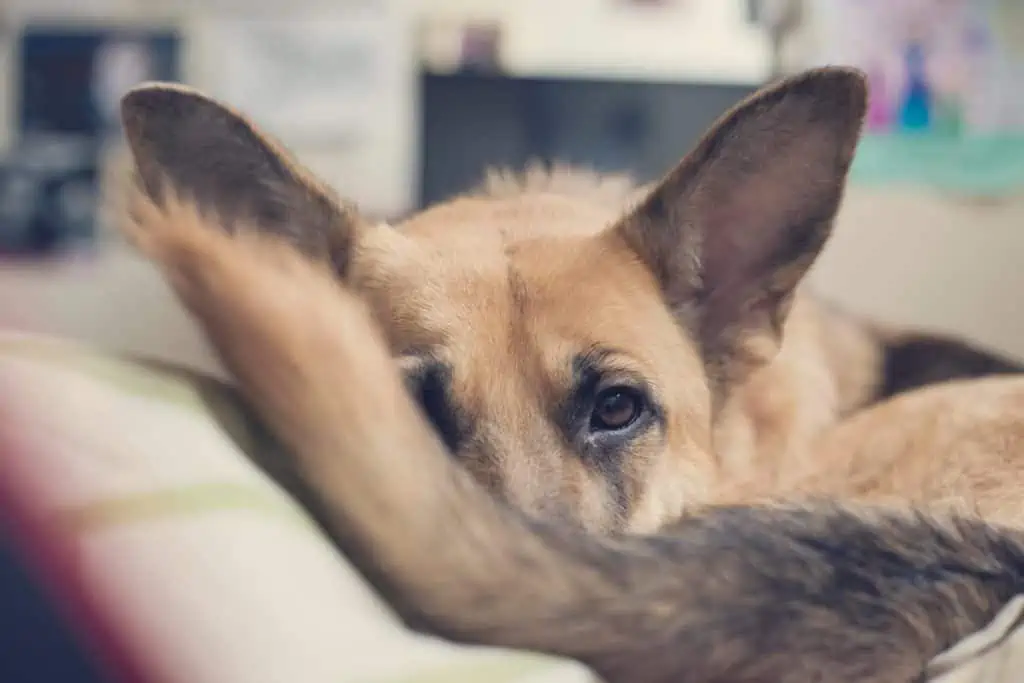
Image source: Unsplash
Adjusting to a new environment can be bewildering for any pet. However, continued behaviors of concealment or seeking solace in the hidden corners of your home might reveal a deeper narrative of fear, potentially rooted in a lack of trust.
Your dog steers clear of you

Image source: Unsplash
Just as humans may distance themselves from those they’re wary of, dogs too exhibit avoidance as a form of self-protection. An immediate exit upon your entry or a general propensity for space may be your dog’s way of saying he’s not entirely at ease around you.
Treats? I’ll pass!
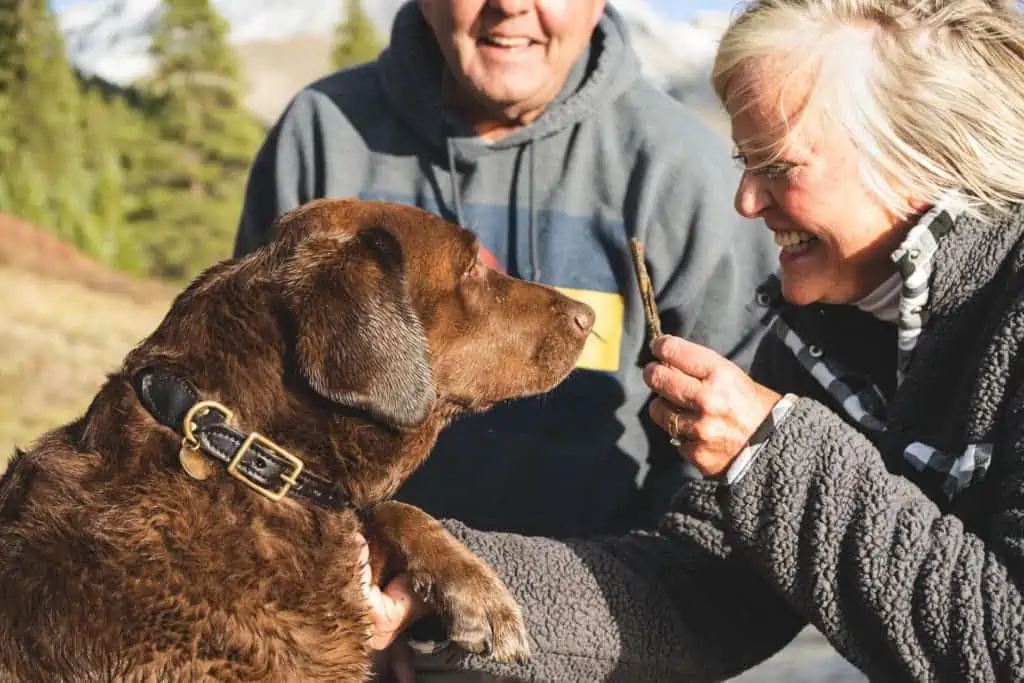
Image source: Unsplash
The refusal of treats from your hand is not a simple act of defiance or pickiness; it could signal mistrust. To a dog unsure of your intentions, even the most benign offerings can be suspect.
Your dog refrains from requesting playtime
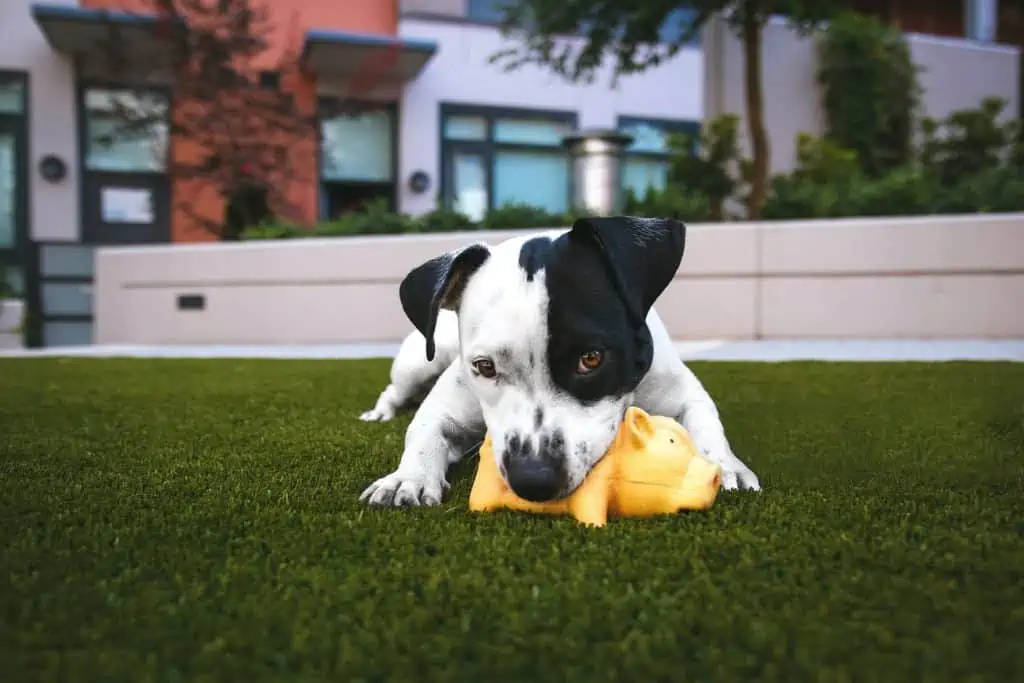
Image source: Unsplash
The refusal of treats from your hand is not a simple act of defiance or pickiness; it could signal mistrust. To a dog unsure of your intentions, even the most benign offerings can be suspect.
The fur is raised

Image source: Unsplash
A dog’s fur standing on end, much like our goosebumps, is a physical manifestation of emotional distress. This reaction, particularly during moments of closeness or touch, suggests your dog might view you as a source of anxiety.
Your dog’s response to commands is sluggish
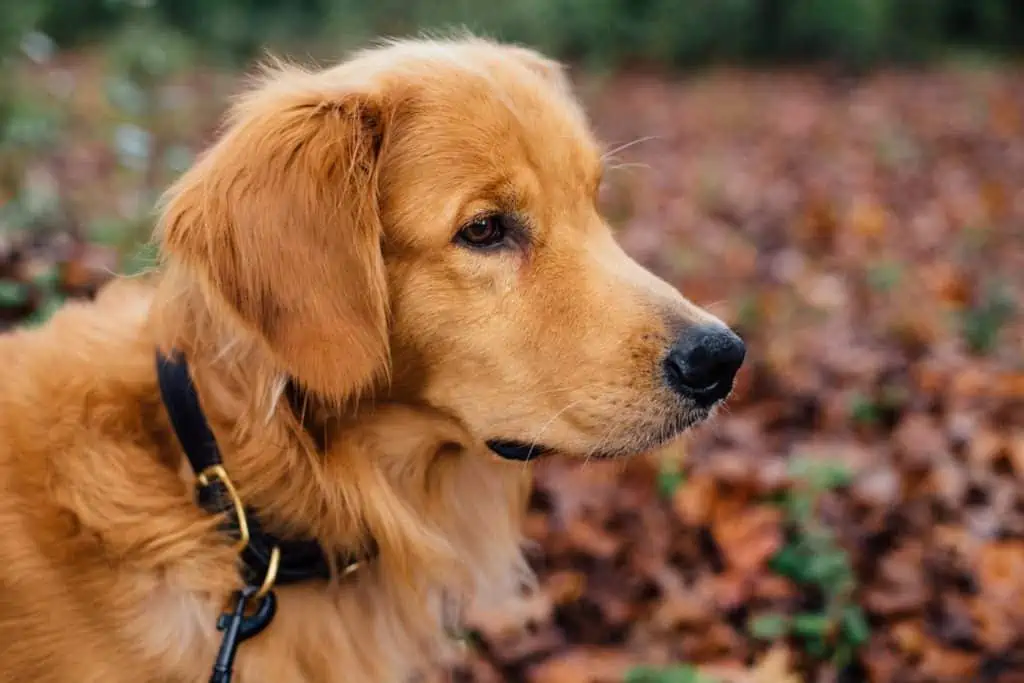
Image source: Unsplash
The cornerstone of dog training is a foundation of trust. Delayed responses to commands might not be stubbornness but a moment of hesitation, where your dog evaluates the safety of compliance.
Your dog isn’t fond of cuddling with you

Image source: Unsplash
While every dog’s inclination to physical affection varies, a universal love for gentle caresses exists. A dog that consistently shies away from cuddles or physical closeness may be signaling a deeper discomfort with vulnerability around you.
Please, stay with me!
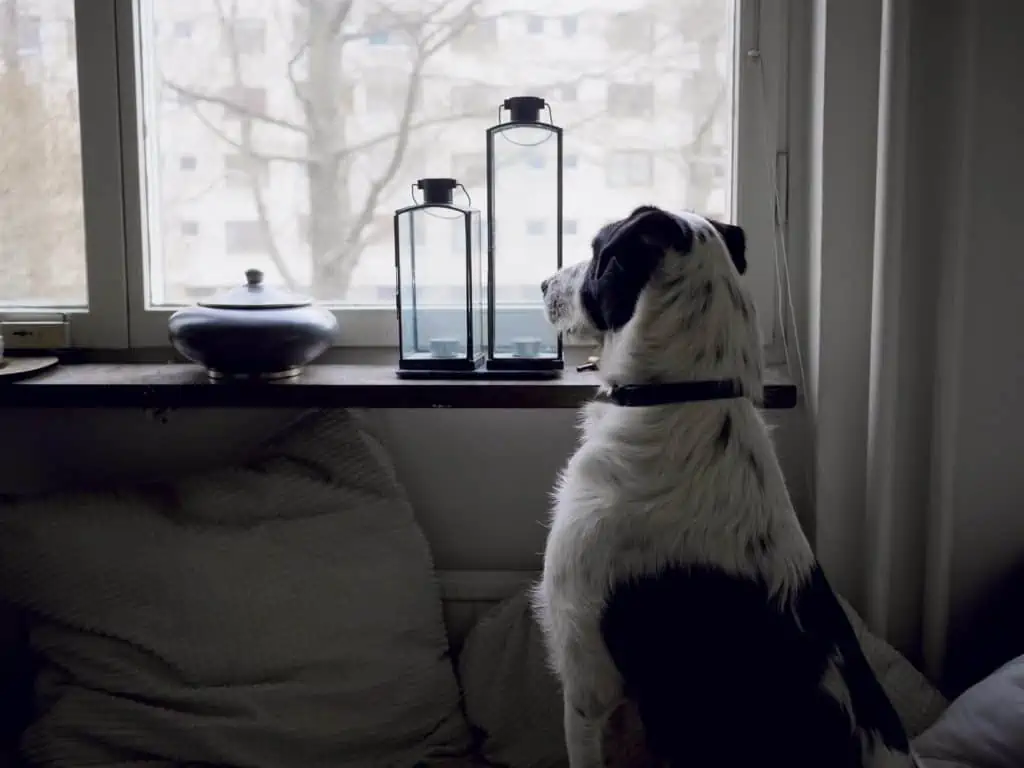
Image source: Unsplash
Extreme distress at your departure is often misinterpreted as a desire for more time together. However, this behavior could stem from a fear of abandonment, suggesting that your dog is not secure in the knowledge that you’ll return.
Your dog’s tail remains still

Image source: Unsplash
The language of a dog’s tail is profound, with joy and contentment typically expressed through wagging. A still, tucked, or hesitant tail in your presence speaks volumes about your dog’s emotional state and comfort level around you.
